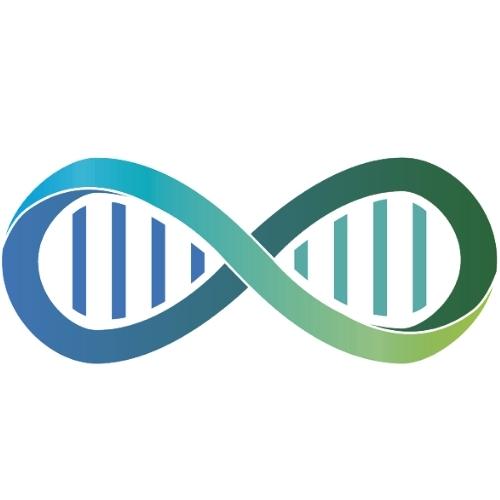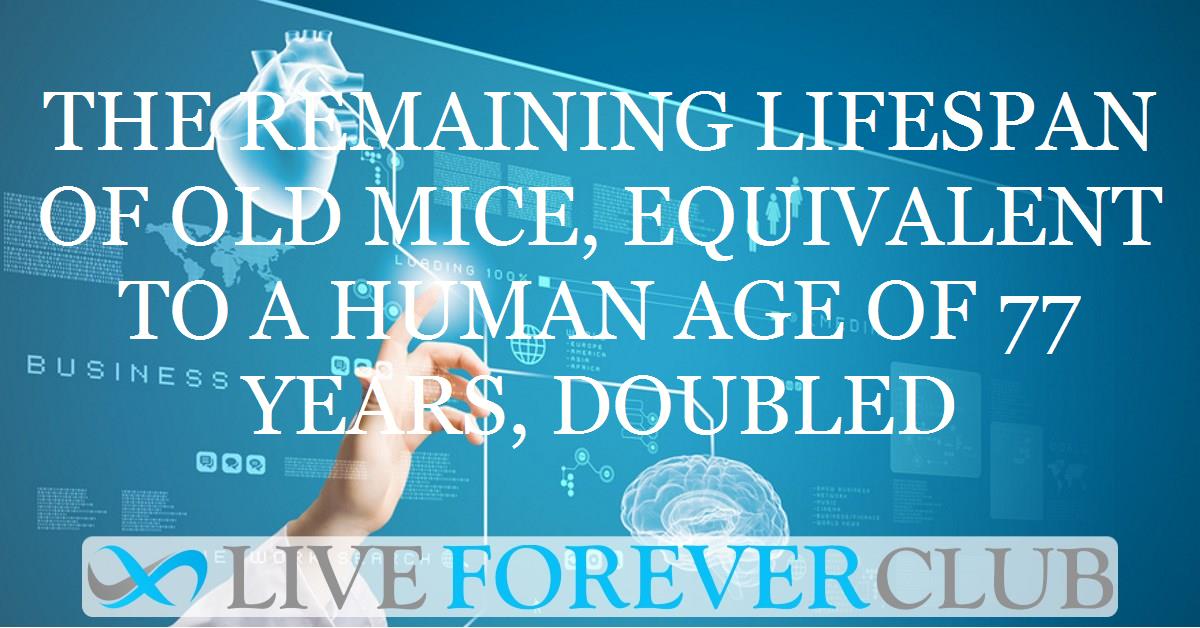A recent study explores a new method called partial reprogramming, which aims to reverse the effects of ageing at the cellular level. This method involves temporarily activating a set of genes—Oct4, Sox2, Klf4, and c-Myc, known together as OSKM—in older mice. The key idea behind partial reprogramming is to use these genes to make cells and tissues younger and healthier without turning them back into their earliest, most versatile state, known as pluripotency. Achieving pluripotency can be risky because it might lead to the development of teratomas, which are tumors that can contain a variety of different tissue types. By carefully controlling the activation of the OSKM factors, researchers aim to rejuvenate cells without this risk, offering a potential way to counteract some aspects of ageing without the dangers associated with full cellular reprogramming.
Methodology used
In this study, researchers aimed to investigate the effects of a specific gene therapy on ageing in mice. To do this, they employed a tool called an adeno-associated virus (AAV), which is a virus engineered by scientists to carry therapeutic genes but not cause disease. This virus was chosen because it's effective at delivering genes into cells without integrating its DNA into the host's genome, minimizing the risk of unwanted genetic changes.
The therapy focused on delivering a set of four genes known collectively as OSKM (Oct4, Sox2, Klf4, Myc), which are famous for their ability to turn mature cells back into youthful, versatile stem cells. This process is akin to resetting a cell's internal clock, making old cells behave like young ones. The researchers were interested in whether introducing these genes into older mice could rejuvenate them.
For the experiment, mice that were 18 months old—equivalent to roughly 60 human years—were chosen. These mice received injections of the virus carrying the OSKM genes every two weeks over a period of 8 weeks. This schedule was designed to give the genes time to act and potentially reverse signs of ageing.
To determine if the therapy was effective, the scientists conducted a comprehensive set of tests. These included physiological assessments, which might involve measuring the mice's strength, endurance, and overall health; molecular analyses, which would look at changes in gene expression or the presence of markers associated with youthfulness or ageing; and cellular evaluations, examining the condition and functioning of various cell types within the mice.
Lifespan extension
Treated mice demonstrated a remarkable median lifespan extension of 109% over control mice that were not treated with the reprogramming factors. Specifically, while control mice had a remaining lifespan of approximately 8.86 weeks after reaching the age of 124 weeks, the treated mice had a median remaining lifespan of 18.5 weeks, indicating a substantial increase in longevity due to the treatment.
The significant extension in lifespan observed in these treated mice implies that, if similar effects were achievable in humans, a 77-year-old person might experience a substantial increase in the remaining years of healthy life. This analogy helps to contextualize the findings in a way that highlights their potential impact on human ageing and longevity.
The doubling of the remaining lifespan in these mice reflects a profound effect of the gene therapy, suggesting that it could effectively counteract the biological processes of ageing. This outcome is a cornerstone for the study's implications, offering a glimpse into the possible future of ageing research where interventions might significantly extend healthy lifespan in humans, akin to the results seen in mice.
Reversal of Ageing Signs
Upon examining the mice at a molecular and cellular level, the researchers found that the treatment had several positive effects:
DNA Damage Reduction: DNA damage accumulates in our cells as we age, leading to various health issues and contributing to the ageing process itself. The treated mice showed a noticeable decrease in such damage, indicating healthier, more youthful cells.
Improved Mitochondrial Function: Mitochondria are often called the "powerhouses" of cells because they generate most of the cell's supply of energy. As we age, mitochondrial function declines, leading to lower energy levels and increased susceptibility to disease. In this study, the treated mice had mitochondria that worked better, akin to what you would find in younger animals.
Senescence Marker Amelioration: Senescent cells are older cells that no longer divide but accumulate in the body, promoting ageing and various diseases. The treatment appeared to reduce markers of senescence, meaning there were fewer of these ageing cells in the body, contributing to a healthier, more youthful state. This improvement was seen in several types of tissue, including the skin, liver, and muscles.
Safety Profile
A major concern with treatments aimed at reversing ageing is the potential for serious side effects, like cancer, due to cells starting to divide uncontrollably. However, this study found that the treatment did not increase the risk of cancer or cause other harmful effects. This finding is crucial because it suggests that the treatment could potentially be safe for use in broader applications, including possibly in humans, without introducing significant new health risks.
Main Takeaways
Scientists could make old mice live longer and reverse some of the negative effects of ageing on their bodies. This wasn't about turning back the clock but making the body's cells function better, as if they were younger.
The results are encouraging for the field of anti-ageing research. They suggest that similar approaches might one day be used in humans to extend healthy life and combat diseases that come with ageing.
It's important to dive deeper into how this therapy reverses ageing signs. Knowing the exact processes can help improve the treatment and ensure it targets ageing without unwanted side effects.
Human Applications: The ultimate goal is to see if this therapy can be adapted for humans. This involves rigorous testing for safety and effectiveness, understanding the differences between mouse and human ageing, and ensuring the therapy can be applied in a way that benefits human health.
Credits
Most of the authors were employed by Rejuvenate Bio Inc. during the conduct of the study. The findings are published in Cellular Reprogramming.





